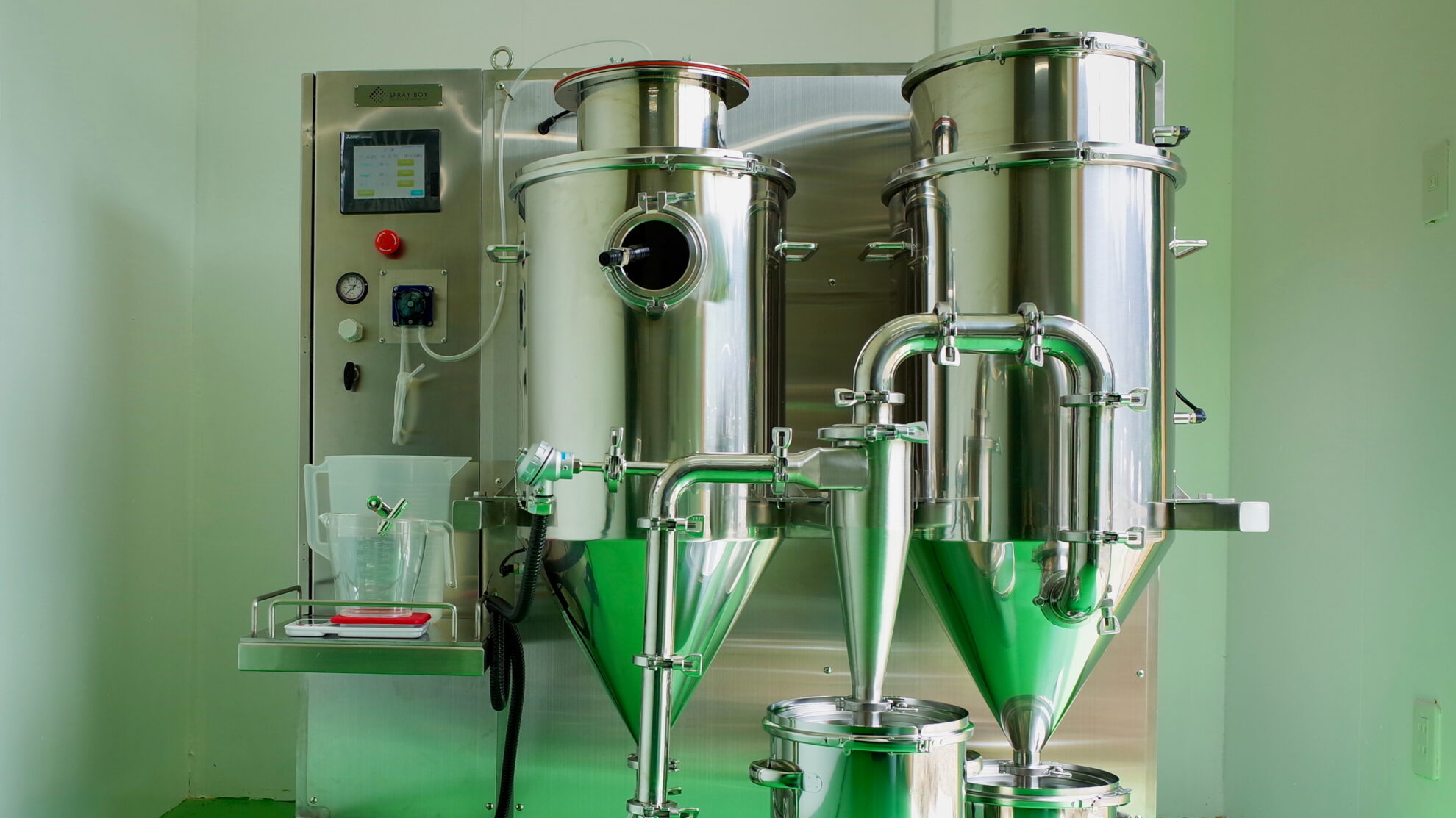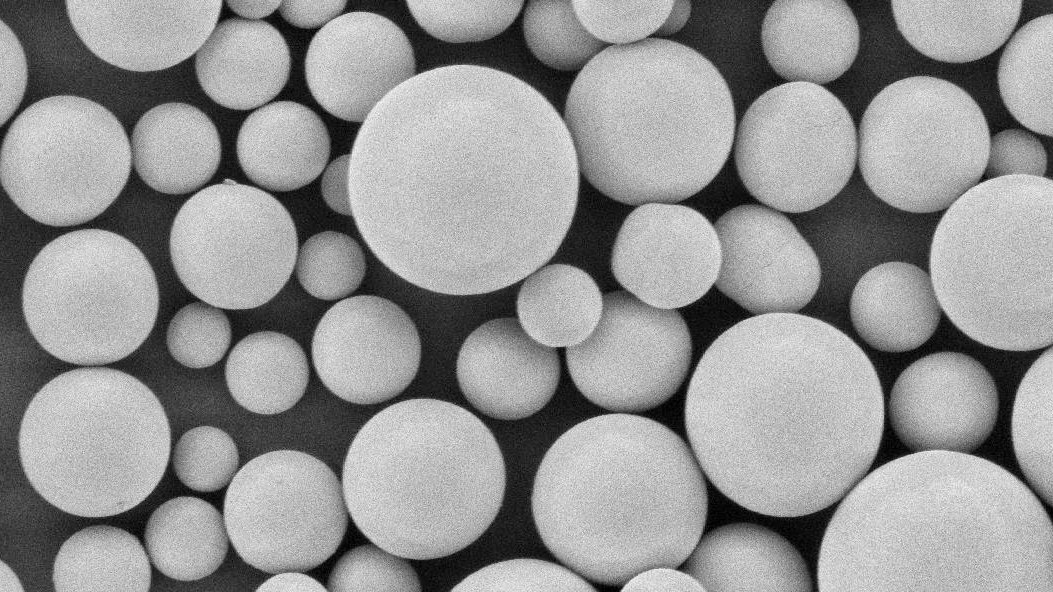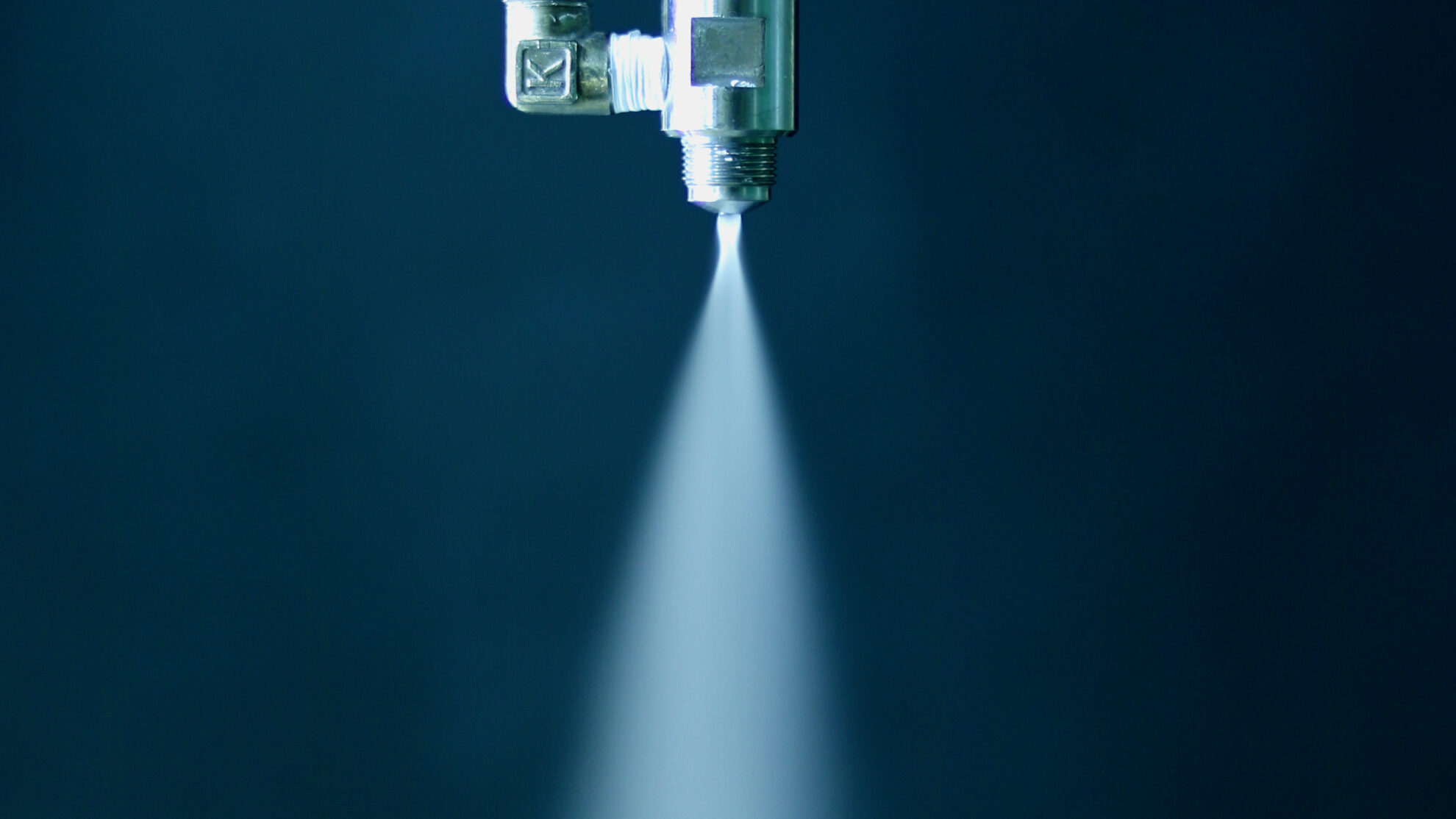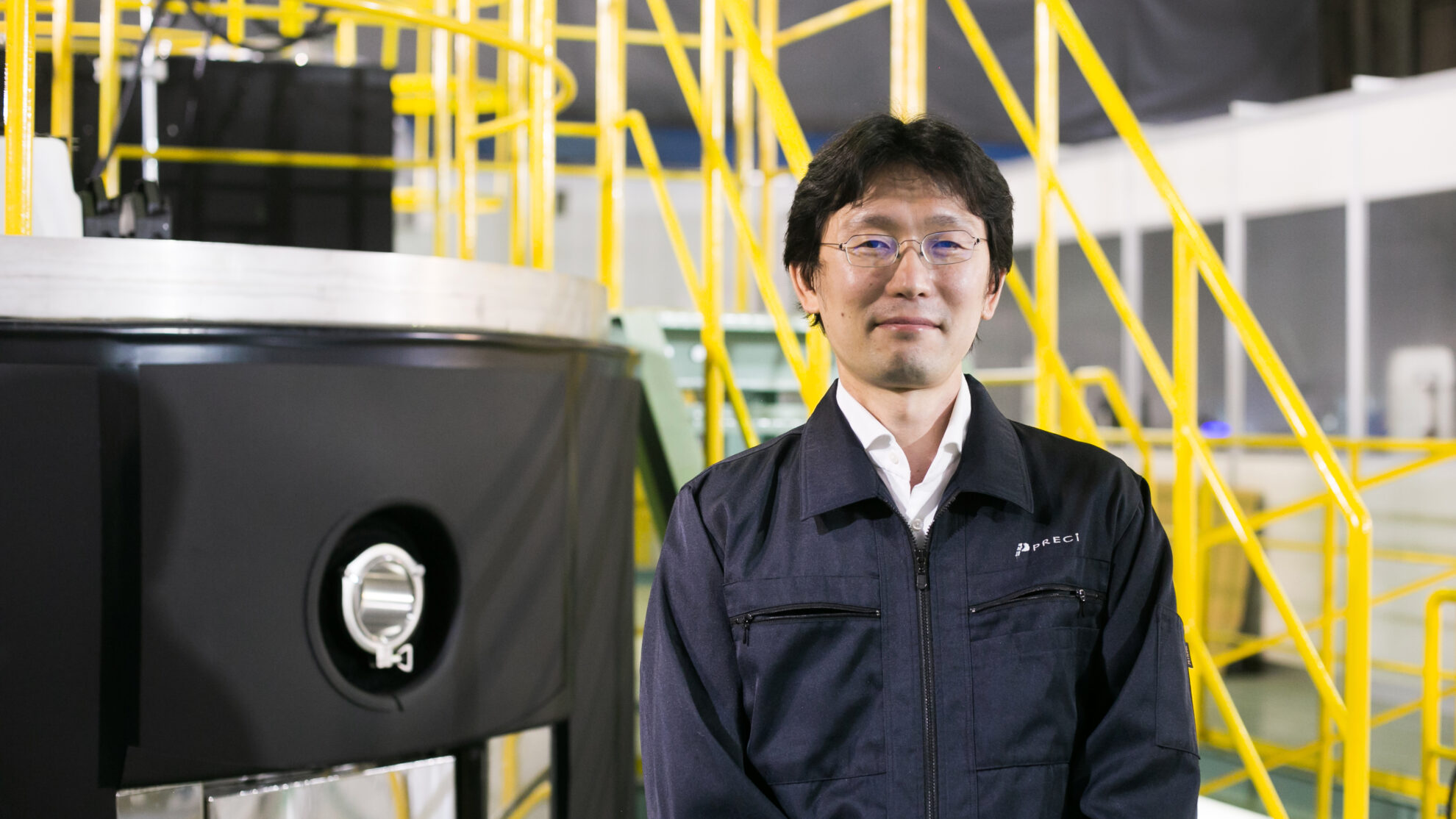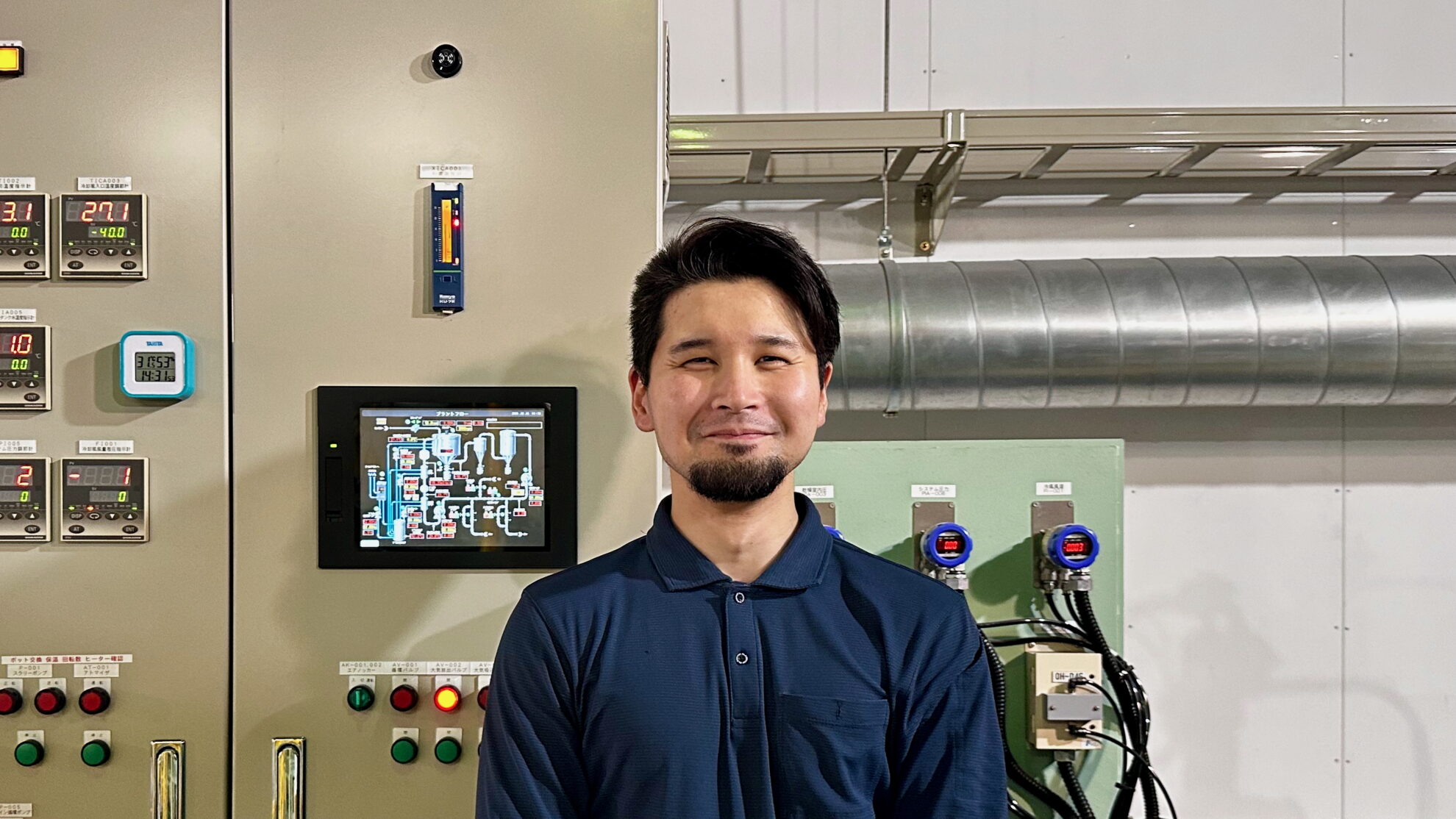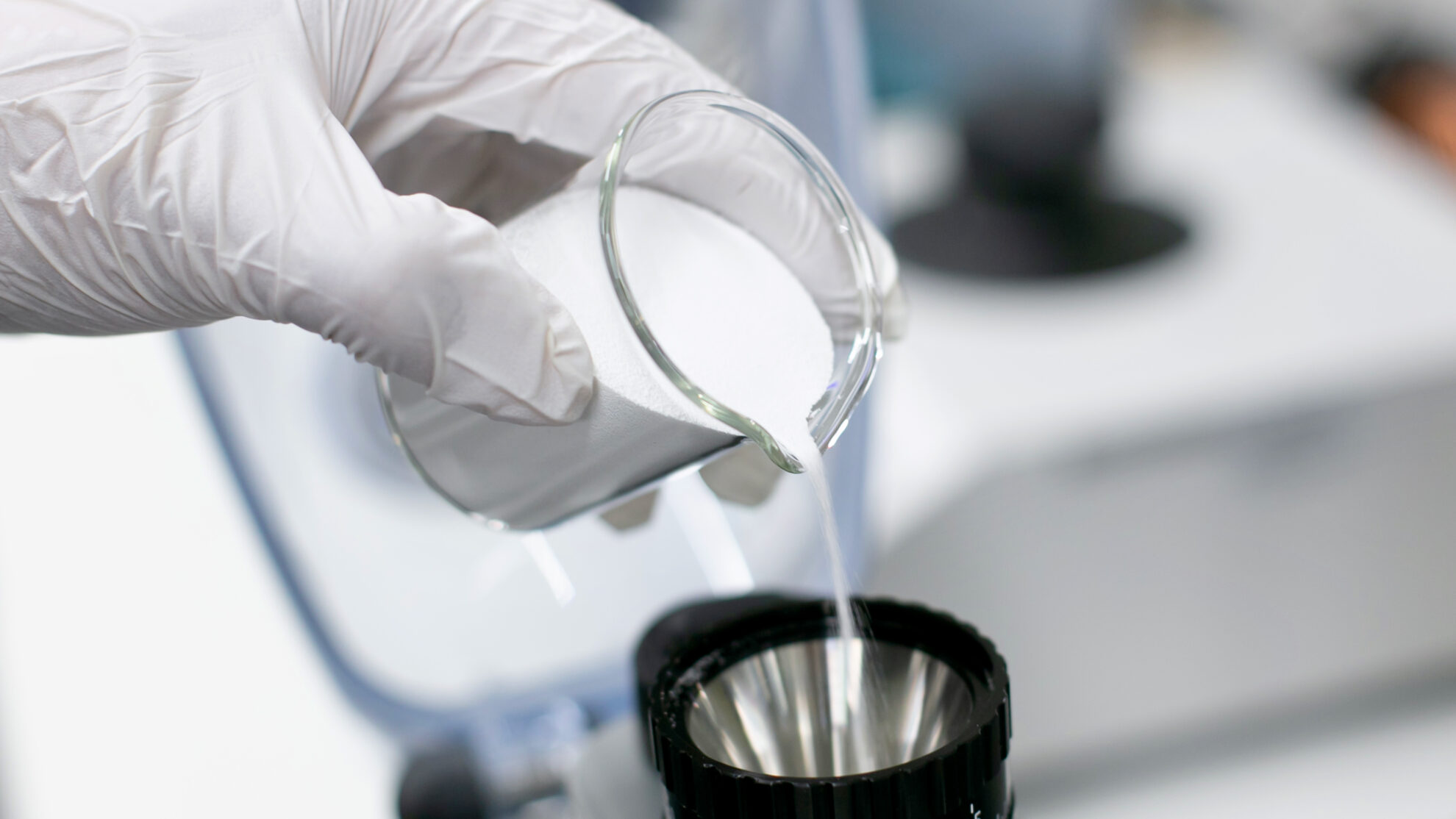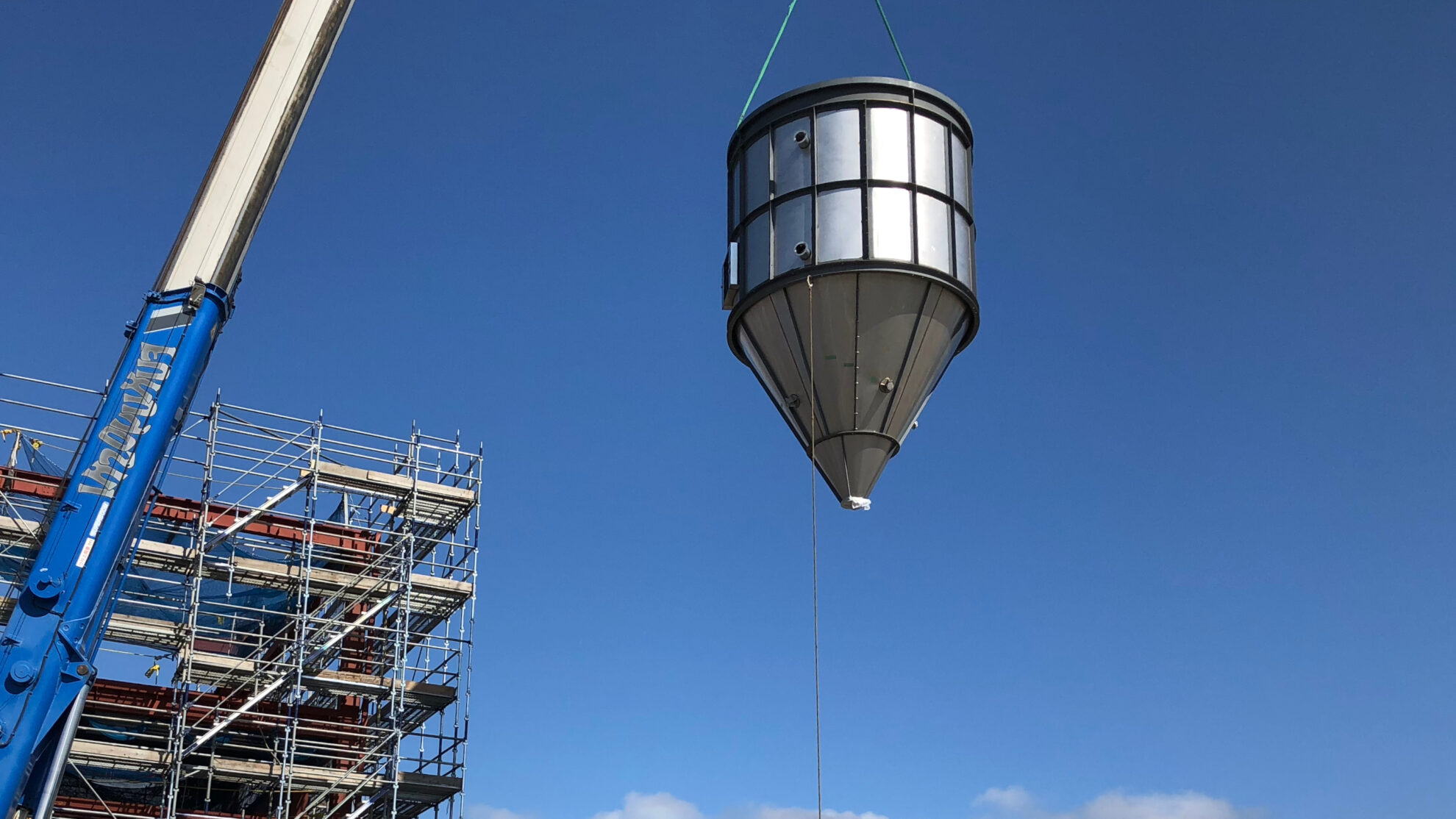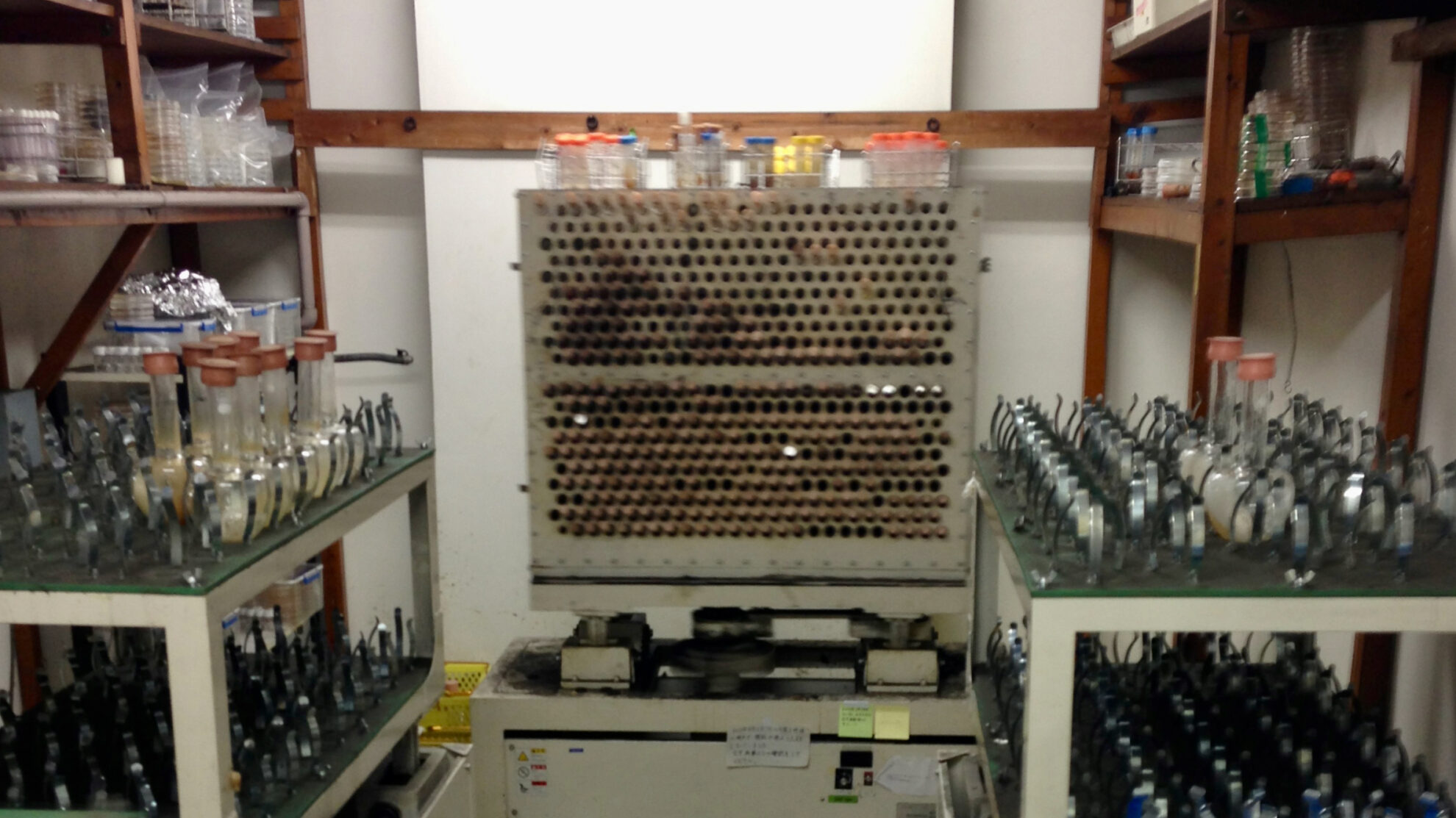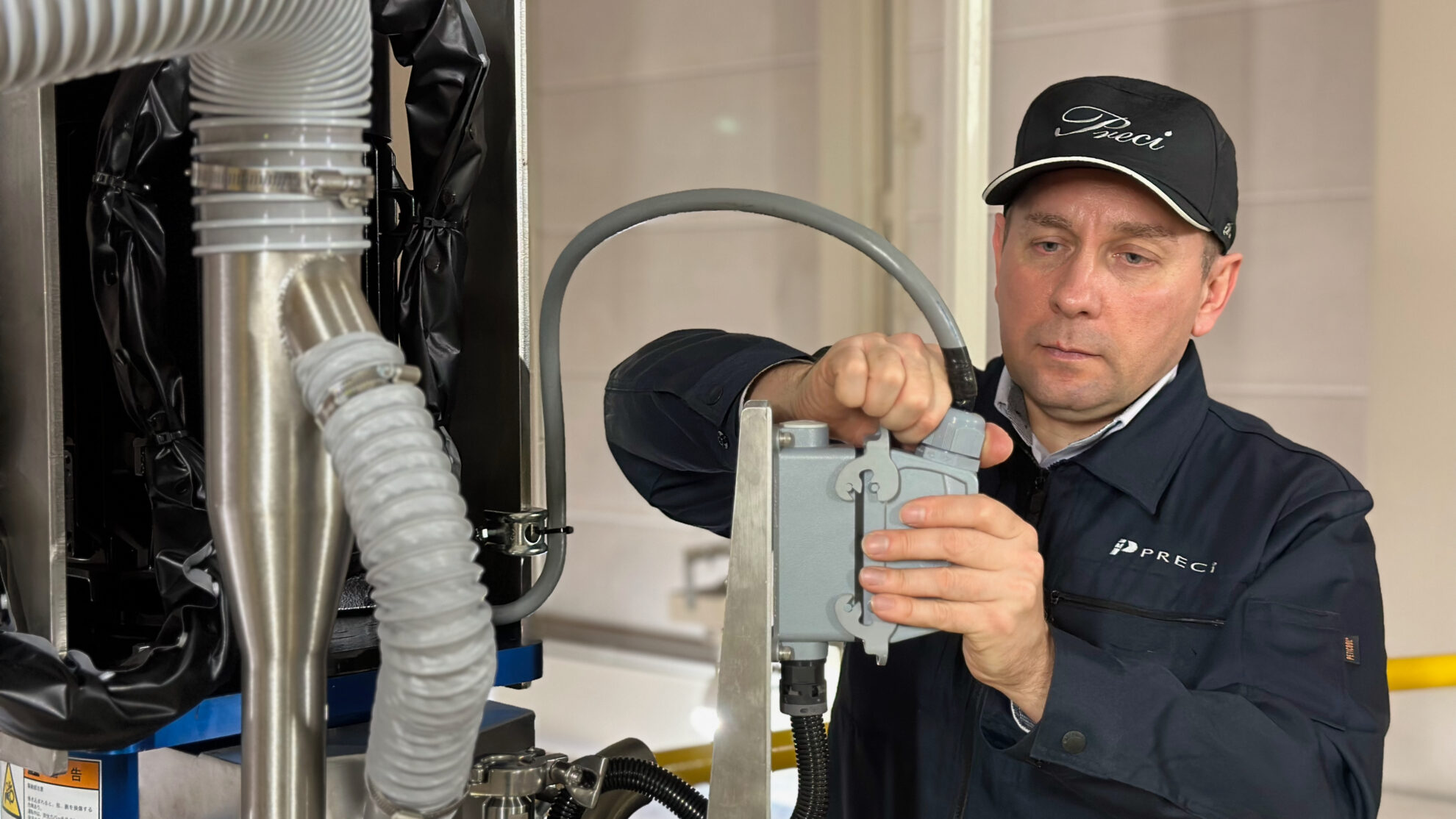Amino acids, especially the umami components glutamic acid, inosinic acid, and guanylic acid, are used in a variety of applications. In addition to being used as umami seasonings, they are also used to enhance the flavor of foods, beverages, and health products. Furthermore, they serve as ingredients in cosmetics that utilize their moisturizing properties, pharmaceutical products, cell culture media, chemical raw materials, fertilizers, and animal feed. Amino acids are primarily produced by fermentation using microorganisms. Our incubator shakers are also used in amino acid research and small-lot manufacturing processes.
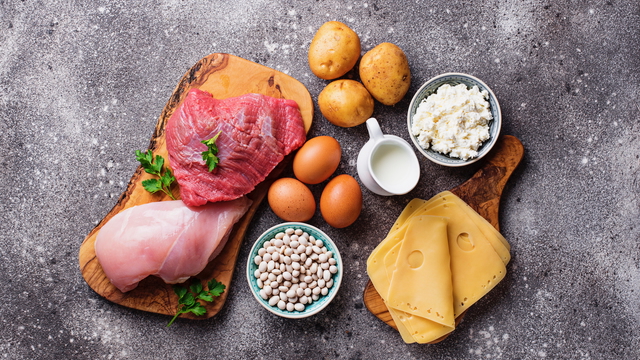
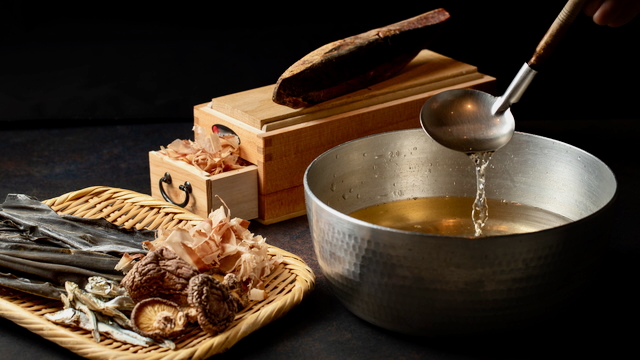
Complex seasonings are made by blending umami components with natural ingredients extracted from animals and plants, and chemically synthesized compounds. Seasonings include a wide variety of ingredients, starting with sugar and salt, as well as fermented seasonings such as soy sauce and miso, Chinese XO sauce, fish sauces popular in Southeast Asia such as nam pla and nuoc mam, oil seasonings such as vinegar, sesame oil and chili oil, oyster sauce, chili sauce, ketchup, mayonnaise, and more. In addition, there are seasonings of beef, pork, chicken, seafood, vegetable, dairy for cheese, and vegetable proteins. These seasonings are available in water-soluble, oil-soluble, and emulsified liquid and powder forms. Powders have a smaller mass and volume than liquids, which helps reduce transportation costs. Furthermore, because they are dry products, they can be stored for a long period of time. Dried powders are available in a variety of meat-based, including chicken, beef, and pork extract powders, as well as seafood, vegetables, fruits, and sweets. These powders are also blended to create a variety of complex seasonings.
Spray dryers are used in the powderization process of amino acids and seasonings. The mixed raw material liquid is spray-dried at low temperature. As spray drying is a continuous drying and granulation process, it is possible to omit processes such as concentration, grinding, and mixing.
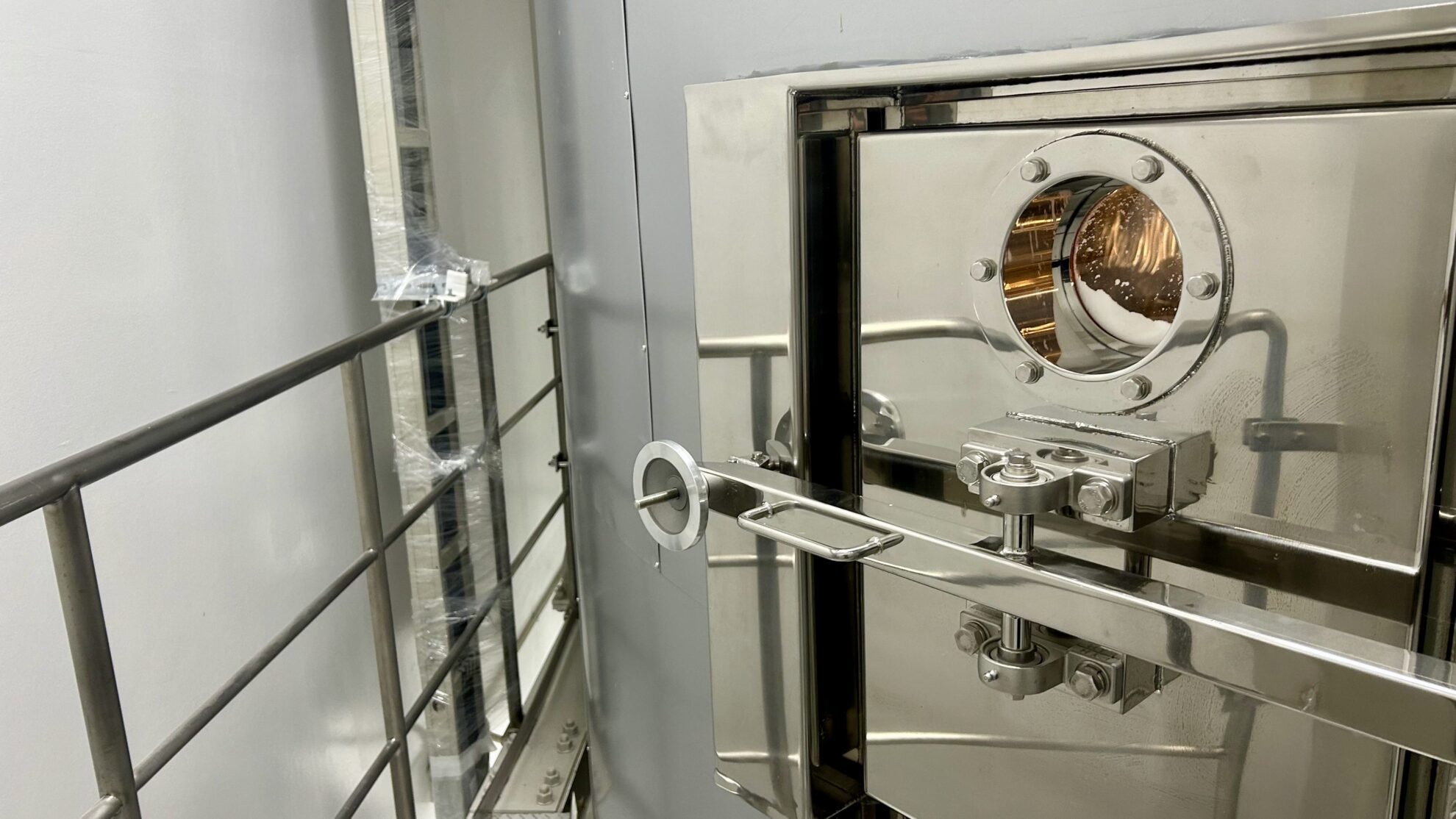
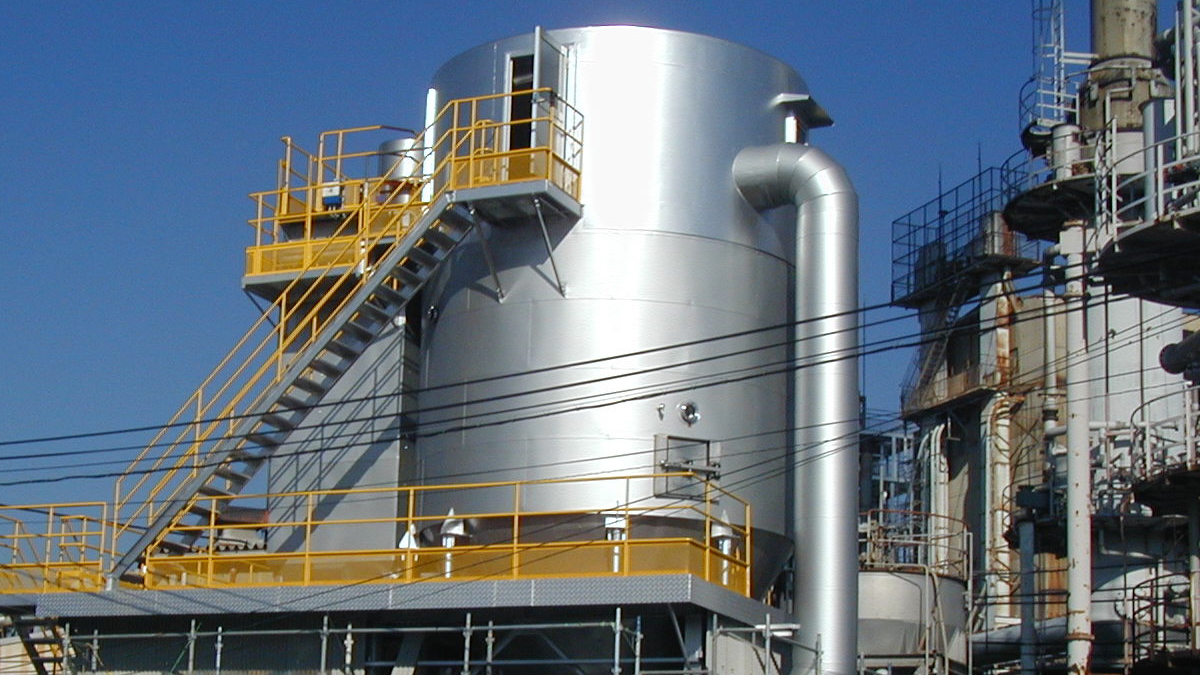
Because raw materials contain many low-molecular-weight components such as sugars and amino acids, it is necessary to design a spray drying process that prevents thermal degradation. Compared to other drying processes, spray dryers are said to require a shorter drying time and have less thermal impact. However, if there is a concern about thermal denaturation of the material, it is necessary to appropriately set the operating conditions of the spray dryer, such as the drying temperature and process gas volume. When a large amount of highly hygroscopic components is contained in the raw material, it is necessary to properly prevent product adhesion within the spray drying process. Specifically, dehumidified air may be introduced into all or part of the process gas. In addition, air sweeper or dehumidifying air line may be installed in the drying chamber. It is also important to properly set the temperature and humidity in the powder recovery line. For example, the powder quality may be kept constant at the time of product collection by optimizing the temperature of dehumidified air as well as the powder transportation distance through the powder conveying line. In addition to adjusting the raw material with additives, oxidation can also be prevented from a process perspective by using inert gas as the process gas for the spray dryer.
When spray drying amino acids and seasonings, it is necessary to maintain an appropriate moisture content without causing thermal denaturation or Maillard reaction in the powder, while preserving the flavor. Therefore, the drying temperature is generally set low and the liquid is gently spray-dried. When operating at low temperatures, the liquid dries slowly, which tends to result in a higher bulk density. Under high temperature conditions, droplets dry quickly, which accelerates the formation of particle shells. This can lead to particle expansion, rupture, or hollowing due to internal evaporation of droplets. The moisture content is higher under low temperature conditions and lower under high temperature conditions. Liquid atomization methods can be selected from rotary atomizers, two-fluid nozzles, pressure nozzles, and ultrasonic nozzles. When selecting an atomization method, not only the droplet size but also the effects of physical contact and friction must be taken into consideration.
For raw materials, the concentration, presence or absence of additives, and the amount of additives added are key indicators. Increasing the concentration of the raw material reduces the amount of water that evaporates per unit time, thereby improving production efficiency. However, the concentration of the raw material affects the particle size and density of the product, so an appropriate value must be determined. By adjusting the type and amount of additives, we control the residual rate of flavor components, the solubility of the powder, etc. Trehalose and cyclodextrin, a cyclic oligosaccharide, may also be added to mask or stabilize specific components, such as the bitterness of amino acids, and improve flavor.
Volatile components usually have low boiling points and evaporate during spray drying, but adding maltodextrin, cyclodextrin, oligosaccharides, etc. makes it possible to retain the components. For example, cyclodextrin can encapsulate the molecules of volatile components within its hydrophobic cavity, reducing the loss of components during spray drying. This is effective in slowing the release of flavor components in products. Similarly, by adding an appropriate concentration of coating additives and spray drying at lower temperature, it is possible to produce powders containing alcohol, such as powdered alcohol, that retain a high residual alcohol content. When high-quality powdered alcohol is redissolved in water, it is possible to restore not only the alcohol but also the flavor of the liquid alcohol.
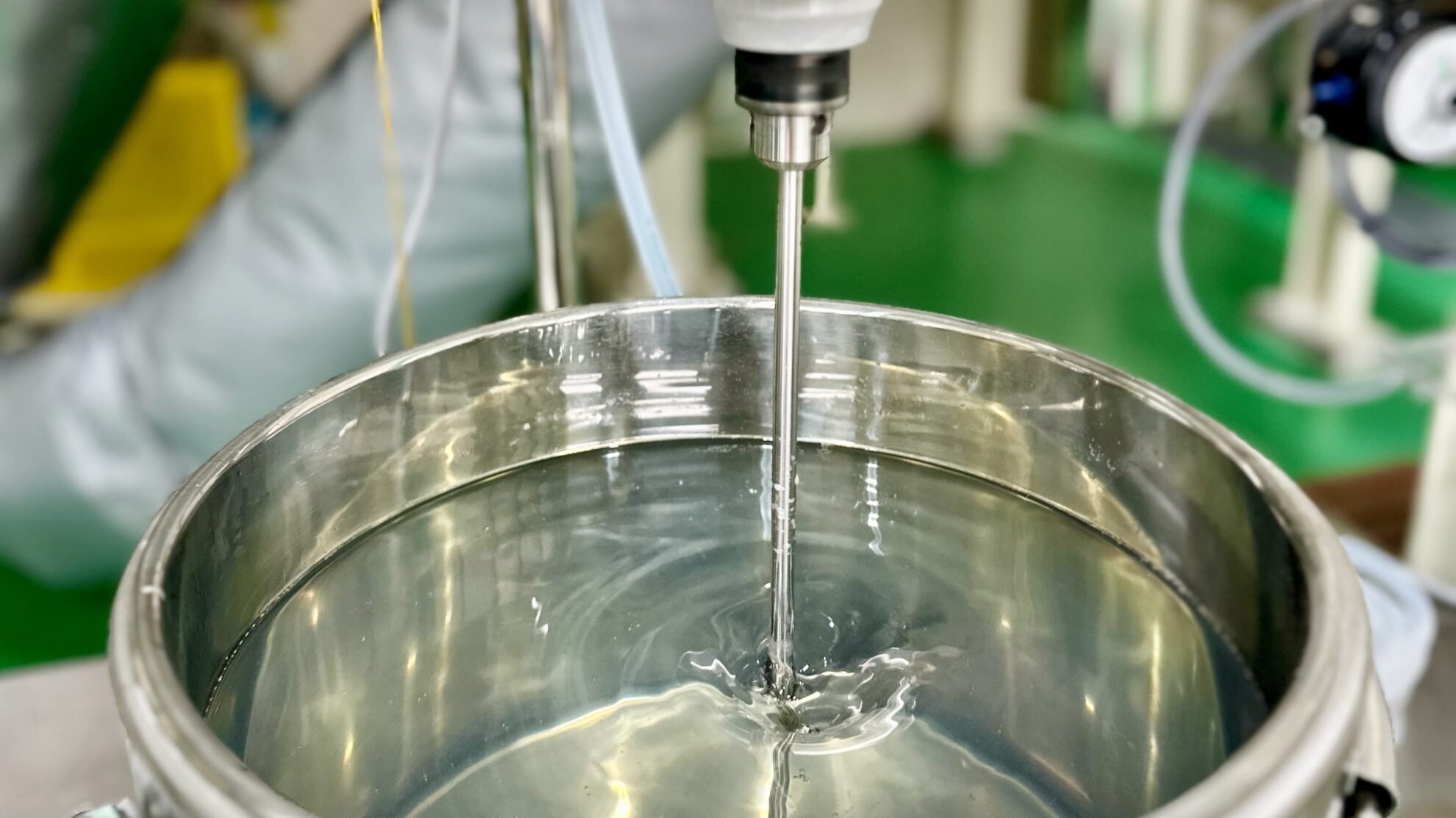
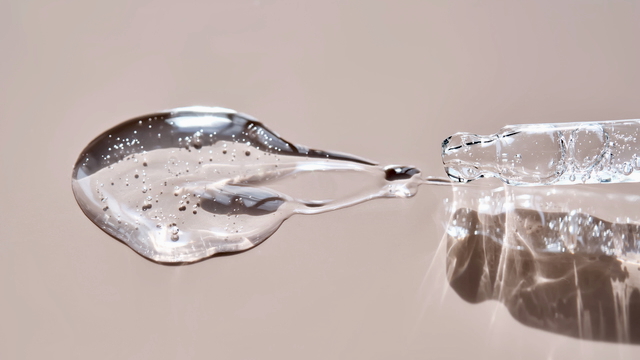
In general, spray drying involves the evaporation of the solvent from the droplet surface, and the movement of moisture from the droplet to the surface, causing the entire droplet to shrink. At the same time as the moisture moves, the solid content within the droplet moves outward, forming a particle structure. As a result, the particles tend to have a high density outer shell and a low density or hollow interior. Furthermore, in suspensions, if there are multiple particle components contained in the liquid and each particle has a different particle size and density, segregation may occur inside the granules due to particle movement during drying. On the other hand, in the case of gels with high affinity for water, such as gelatin, or bound water, a film may form on the droplet surface in the early stages of drying, causing the droplets to expand and increase in diameter. It is important to understand the physical properties of the raw materials, particle size, density, internal structure, etc. of the dried particles, and then to control the operating conditions appropriately.
The main parameters for quality control of powder products are the residual rate of flavor components, color, particle size distribution, bulk density, and moisture content. In addition, flowability, wettability, solubility, color, and particle surface properties related to taste may also be included. Regarding particle size, larger particles have good flowability and are easy to fill into containers, so they have a high bulk density. The opposite is true for small particles, which have a low bulk density. If the bulk density value is unstable, the stability during product filling will decrease. Large particles have a small specific surface area, which means that moisture does not escape easily during drying, and the moisture content tends to be high. Small particles have a large specific surface area, which means that moisture escapes easily, resulting in a low moisture content. On the other hand, highly hygroscopic powders may re-absorb moisture contained in the exhaust air, resulting in small particles with a high moisture content and large particles with a low moisture content.
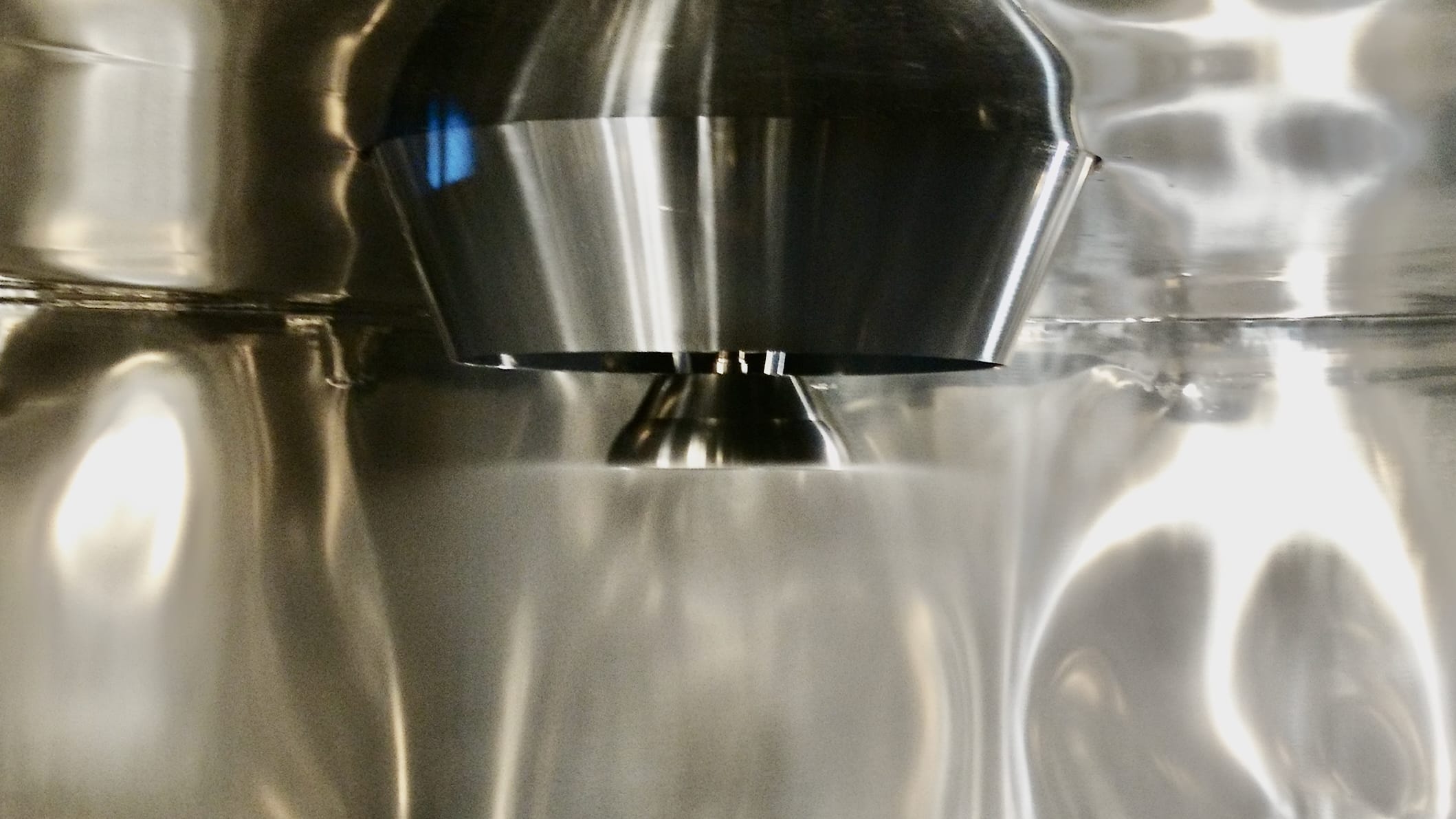
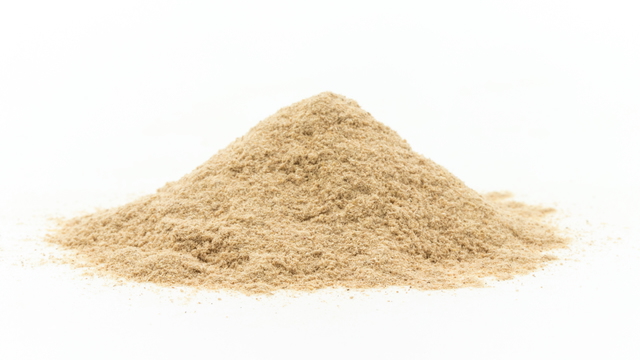
Our spray dryers have a proven track record in the spray drying process of amino acids and seasonings. Based on our accumulated experience and expertise, we design optimal spray drying processes and set operating conditions that meet the required quality. By optimizing the various conditions of the spray drying process, we control powder quality that exceeds customers’ expectations. In addition, our freeze granulator is a brand new powder manufacturing process that may overcome the weaknesses of spray-dried products and freeze-dried pulverized products. Regarding freeze granulation technology, we have introduced more information in “About Freeze Granulation“, “Advantages of Freeze Granulation in Foods, Beverages and Pharmaceuticals (Comparison with Grinded Freeze-Dried Products)” and “High Viable Bacteria Rate – Spray Drying and Freeze Granulation“.
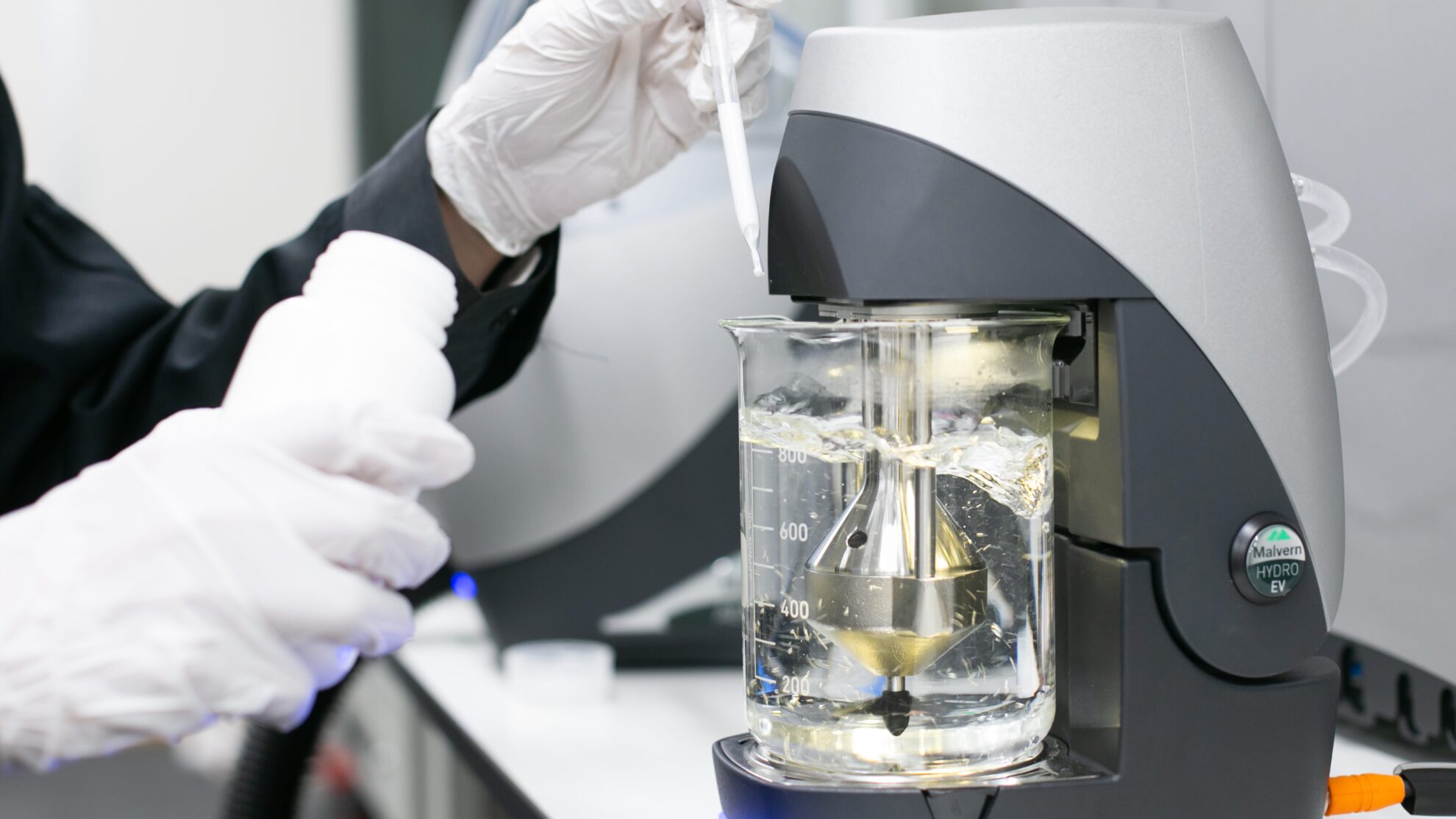
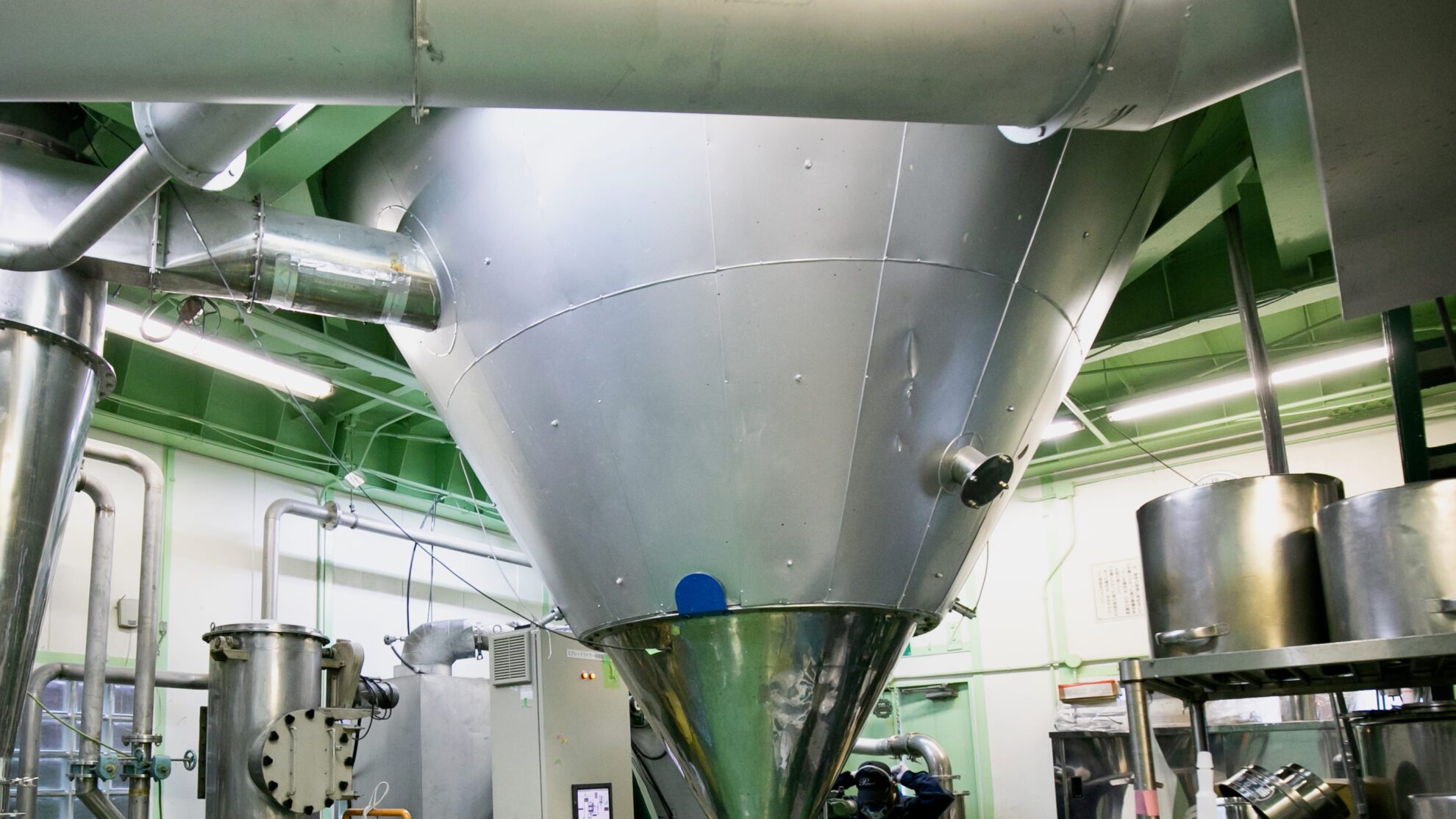
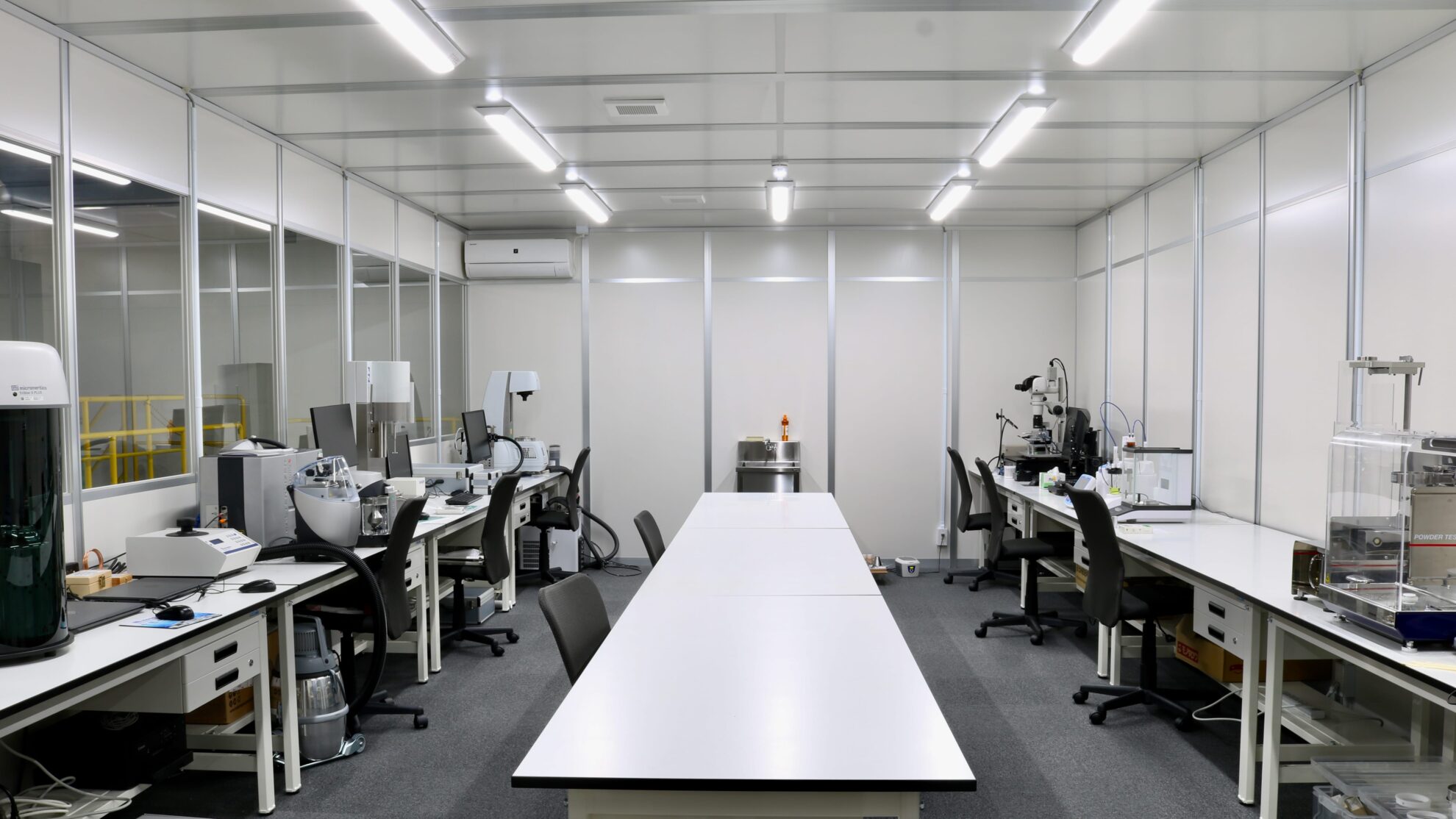
We not only provide powder processing trials for spray drying, spray cooling, and freeze granulation, but also services that include pre- and post-powder processing, such as wet pulverizing, mixing, molding, sintering and freeze-drying. We operate a total of three locations: two Powder Technical Centers in Japan and ASEAN Powder Technical Center in Thailand. Our brand new Powder Technical Center 2 (PTC2), which was newly established in 2023, has one of the largest collections of analytical measurement equipment in Japan. We provide one-stop support for powder processing and analytical measurements (Powder Trials & Analytical Measurements/Contract Powder Processing).
*The contents such as photos shown in this article may differ from the actual projects and may be used as an images.


